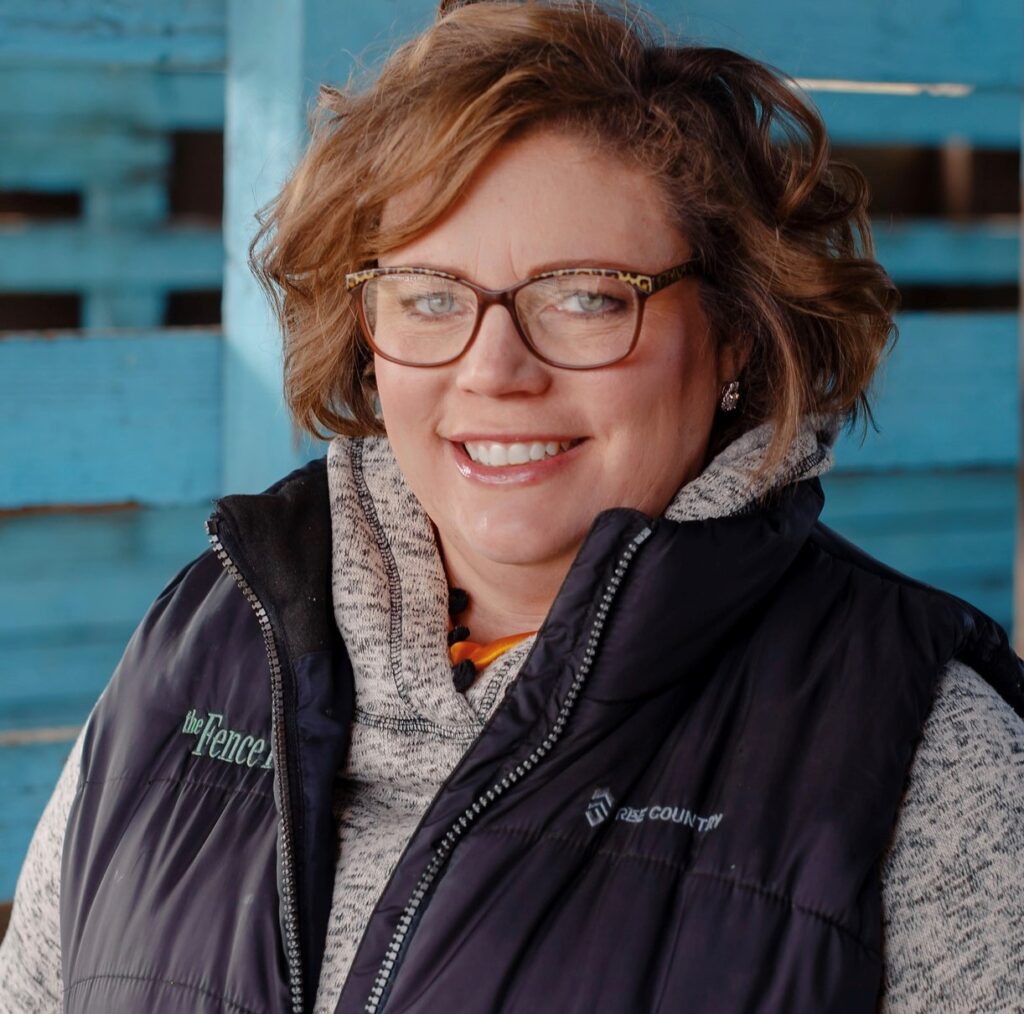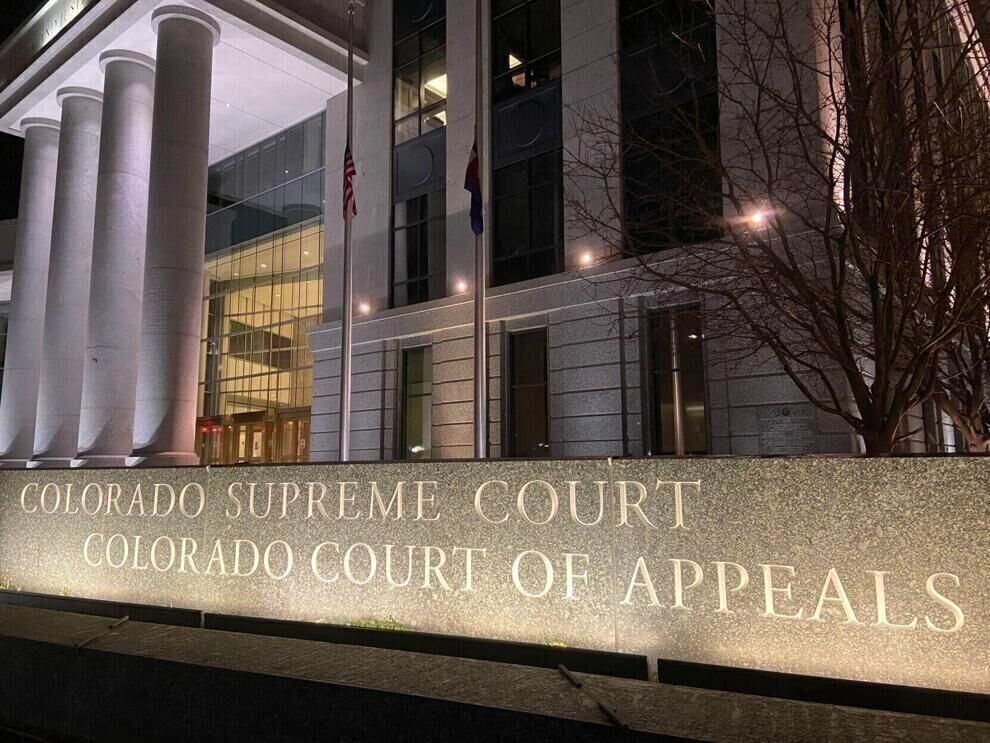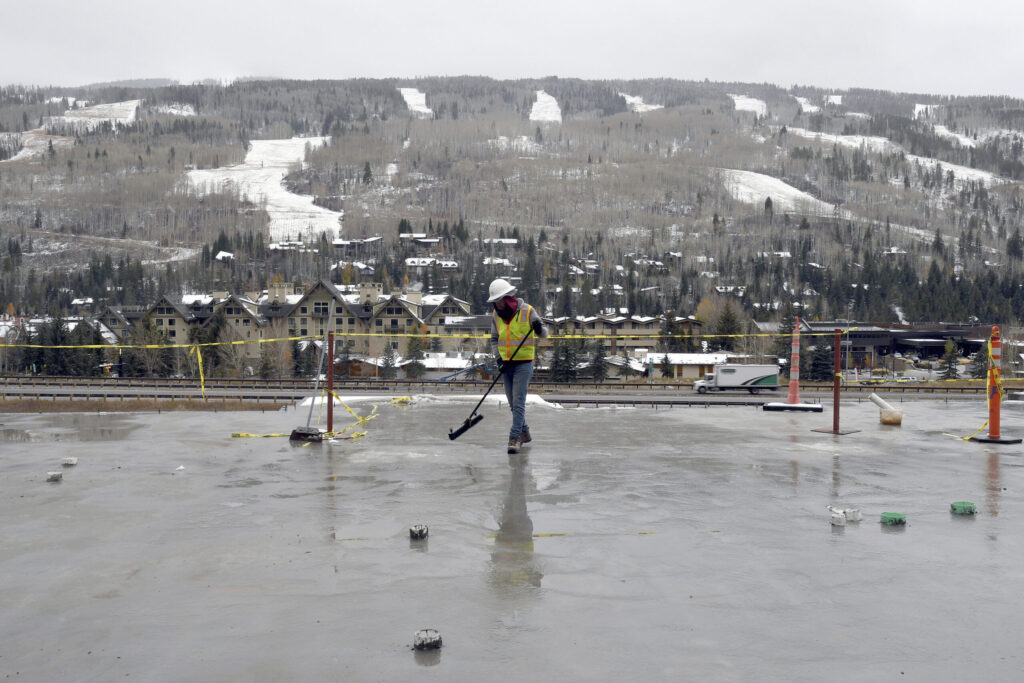Aurora Fire adopts program to get right resources to 911 callers, increase response times

Aurora Fire Rescue will shift how resources are dispatched on 911 calls, partnering with Aurora911 and Falck Rocky Mountain to fine tune medical call responses.
The program, called Right Response, will dispatch medical calls according to the incident’s acuity rather than taking a one-size-fits-all approach.
People call 911 for a variety of reasons, some urgent and life-threatening and others with less acuity, Aurora Fire Rescue’s Medical Director Dr. Eric Hill said. Having Right Response will allow the department to reduce response times in life-threatening incidents, keep staff and the community safer and ensure 911 callers get no more and no less than the help they need.
From a public safety perspective, the new program reduces the safety risks that come to both paramedics and civilians because it reduces lights and sirens use, Hill said.
“One of the most dangerous things the paramedics and firefighters do is run lights and sirens to calls,” Hill said. “Right Response is really looking at reducing lights and sirens use for low acuity calls and getting an appropriate level of response while making sure that we always keep our highest acuity units available for the highest acuity calls.”
AFR also hopes to reduce response time for life-threatening incidents by freeing up crews who may not be needed on lower acuity calls, Hill said.
“If you call 911 and you’re having a seizure, you want to have the closest appropriate ambulance respond to that call,” Hill said. “If that engine company that would normally respond to you, and is only three minutes out where they’re normally at, is tied up on someone who’s got a rash, now the closest engine company is eight minutes away or ten minutes away.”
The idea is to always have the appropriate level of units available for the highest acuity calls.
Right Response comes to AFR about a year after the implementation of Aurora911’s Nurse Navigation program, which routes 911 callers with non-emergent injuries or illnesses to a Colorado State Licensed nurse for assessment and referral to the most appropriate medical care.
Since October 2022, the program has referred over 1,600 low-acuity medical calls to the Nurse Navigation program.
Currently, AFR crews are deployed to all medical emergencies in Aurora, along with ambulances through its partnership with Falck Rocky Mountain.
When someone calls 911, an emergency medical dispatcher runs the caller through a series of questions, categorizing the call’s priority level out of six. Omega and alpha priority levels are lowest, identified as non-emergency situations in which a slower response doesn’t cause any risk to the patient, and bravo, charlie, delta and echo priorities are higher.
Low priority calls include things like rashes or chronic leg pain, Hill said, and will generally be handled by Nurse Navigation.
Calls like these accounted for about 6,500 calls last year, Hill said.
Right Response is complimentary to Nurse Navigation, handling calls that may not be Nurse Navigator appropriate, but still require response.
The program is new to Aurora, but based on the Tiered Response System – which is evolving into a national best practice for emergency medical systems and has been around for decades, Hill said.
AFR didn’t initially see a need to adopt the program, but as the city grows and as the COVID-19 exodus of healthcare workers continues to take a toll, the department could no longer reliably send an advanced life support ambulance to every single call.
“This makes us much more adaptable as we’re growing,” Hill said. “It makes us a more efficient system in general, it’s a multi-factor approach to public safety.”
Earlier this year, Hill responded to a call for an allergic reaction from an insect bite in a nine-year-old. A crew including EMTs, paramedics and others responded to the incident, discovering that the child had no urgent, life-threatening symptoms like shortness of breath.
“That methodology was we took five firefighter paramedics, went emergent through some intersections, increasing risk to them and the public to get to this call, when in reality they probably just needed to have an EMT show up,” Hill said. “That call (under the new program) would be managed by a basic life support unit in a non-emergency fashion.”
Right Response will likely be implemented starting the week of Oct. 25, Hill said.
As the program unfolds, officials will examine monthly data to see how it’s working and how they may need to alter responses and codes.
“We’re following the baseline of the national best practice and what the majority of systems do, but if we need to make a change for our area that’s unique to us, then we can do that,” Hill said.












